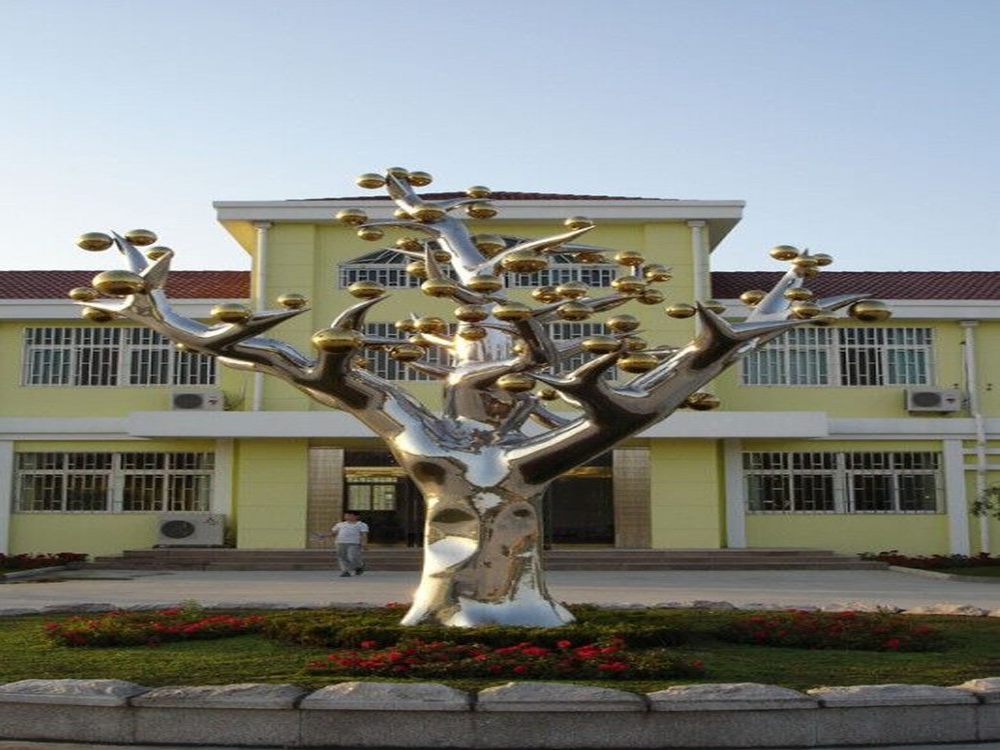
Bronze sculptures from Africa and Europe embody profound cultural distinctions in both symbolism and craftsmanship. African bronze art, deeply rooted in spiritual and communal traditions, often serves as a conduit for ancestral reverence and societal narratives. Pieces like the Benin Bronzes showcase intricate detailing and symbolic motifs tied to royalty, power, and religious rites. Craftsmanship emphasizes rhythmic patterns and stylized forms, reflecting oral traditions and collective identity.
In contrast, European bronze sculptures frequently celebrate individualism, mythological themes, or historical figures, with techniques honed during the Renaissance emphasizing anatomical precision and realism. Artists like Donatello and Rodin prioritized lifelike proportions and emotional expression, aligning with humanist ideals.
While African works often integrate ritual functionality, European pieces lean toward aesthetic or commemorative purposes. The divergence highlights how cultural values shape artistic expression—Africa’s communal symbolism versus Europe’s focus on human achievement. Both traditions, however, demonstrate bronze’s enduring versatility as a medium for storytelling across civilizations.

